A Look at SilencerCo’s Octane Suppressor
Before you question the lack of a .40 S&W model, consider that there is really no need for a specific size for that caliber. Generally speaking, and assuming we remain in vaguely similar pressure ranges, you can use a larger caliber silencer with a smaller caliber bullet with very little disadvantage. For example, I bought the SilencerCo Octane 45 specifically, so I could use it with .45 ACP, .40 S&W, 9mm, .380 ACP and even some 300 AAC Blackout loads.
There are only two minor disadvantages to buying an ‘oversized’ silencer. First, it may be physically a bit larger than you need for a smaller caliber. You can take a look a the dimension differences between the Octane 45 and Octane 9mm to see what I mean.

Second, you will lose just a bit of noise suppression efficiency. For example, shooting the same 9mm from the Octane 45 will be a little more than 3 decibels louder than the same load from the 9mm Octane model. But even that is not a hard and fast data point. Sound is a complex thing, and the dB reading is only one component. Since the Octane 45 is larger, the tone is different. You may or may not be able to tell whether the 45 or 9mm model is “louder” when firing the same 9mm load through each.

Given all that, I opted to go with the Octane 45, knowingly accepting slightly larger size and an ounce+ more weight in return for flexibility. I’m glad I did, as so far I’ve used the Octane 45 with a Glock 26 9mm, Glock 22 .40 S&W, a Beretta 92FS 9mm, an FNX 45 Tactical and even two different 300 Blackout rifles with subsonic loads.
Let’s talk about that for a minute. The subsonic 300 Blackout loads are pretty mellow and operate at pistol-level pressures, so the Octane 45 is rated for that use. Don’t use it with supersonic 300 Blackout loads as pressures are far higher and the Octane is not rated for that. Since we’re talking about ratings here, know that you can also use the Octane suppressors with full auto guns in the supported calibers. Got an H&K MP5 or Kriss Vector and a garage full of ammo? No problem.
Reliable function
Part of the reason that the Octane works on so many platforms is the flexible mount design. It’s not just the size of the hole in front that you have to worry about, but the type of action the host gun uses.
Just replace the cylinder inside of the booster assembly to mount the Octane to different diameter barrels.
The booster, in very simple terms, works like this: The silencer mounts to the threaded barrel with a spring assembly. The gas ejecting from the muzzle pushes the suppressor forward a bit, against spring pressure. As the gas leaves, the spring wants to regain it’s original position and moves the suppressor back towards the gun. This rearward motion of the suppressor coincides with the rearward motion of the barrel, so the barrel is not having to lug a lot of extra weight. If you hold a handgun with a booster-equipped suppressor and pull the gun and suppressor in opposite directions, you see what I mean.
All of that is a long explanation for saying that the SilencerCo Octane will most likely work just fine with your semi-automatic handgun. If you’re going to mount the Octane on a gun without a moving barrel, like a pistol carbine or 300 Blackout rifle or pistol, then you remove the booster and replace it with a fixed mount. If the barrel doesn’t move, you don’t want the silencer to move either.
Ammunition
One benefit of going with a larger caliber suppressor is that larger calibers are generally subsonic. A suppressor dramatically reduces the “blast” associated with hot gas leaving the muzzle at great speed. It does nothing to eliminate the tiny little sonic boom that a projectile traveling at supersonic speed creates. While the speed of sound varies with altitude and other factors, you might assume it’s somewhere in the 1,130 feet per second range in many lower elevation areas. If you use heavier bullets for .45 ACP and .40 S&W, most loads are going to generate less velocity than that, so you’ve got a pretty quiet setup. If you shoot 9mm, you can stick with 147 grain loads to remain subsonic.Don’t get me wrong, supersonic loads are also much, much quieter when using a suppressor, but you’ll always get maximum suppression with a subsonic projectile.
Maintenance
Most rifle suppressors are self-contained and not user maintainable. That’s because the high-pressure hot gas of rifle loads are to a large degree, self-cleaning.You’re literally burning the suppressor clean, much like the way a self-cleaning oven works.With a pistol suppressor, you’re going to want to clean things out periodically as lower pressures, and use of lead bullets is likely to leave some filthy crud in your silencer.
One of the things I like about the Octane is the way the guts come out for easy cleaning. Using the included tool, you remove the end cap and spill the internal baffles right out. As you can see from the photo, they’re a little bit like round metal Lego blocks. They “lock together” into a stack, which you slide into the suppressor body tube.
Cleaning is a breeze. You can soak the parts, brush them, or dump them in an ultrasonic cleaner. If you go ultrasonic, I would avoid putting the body and end caps in there as it might harm the nice exterior finish.
Closing thoughts
The most surprising thing about adding a pistol silencer to my collection is how it changes the whole feel of shooting. The sharp bangs turn to more of a whoosh. You can hear bullets zinging through the air. Recoil feels less abrupt. Newer shooters are less likely to flinch. Depending on your ammo selection, you may be able to remove hearing protection for shorter range sessions. Remember though, longer exposure to lower sound levels is harmful to your hearing too. Unless I’m only going to fire a couple of shots, I use hearing protection anyway. Better safe now than sorry later.
One hidden benefit to this configuration is that the Crimson Trace Lasergrips clear the suppressor body.
Wait times on BATFE tax stamp applications are back down to more rational times like a month or two, so now’s the time to get your own. You won’t be sorry.
MSRP: $892, $840 for the K model.

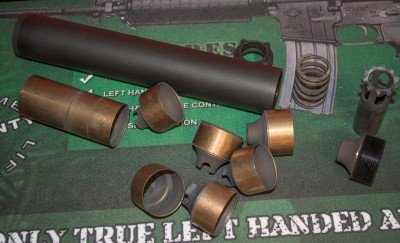

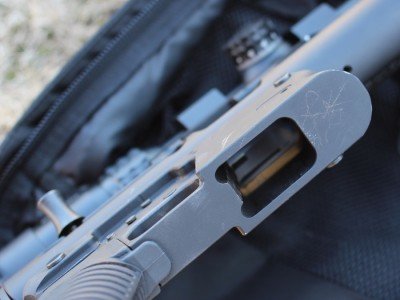
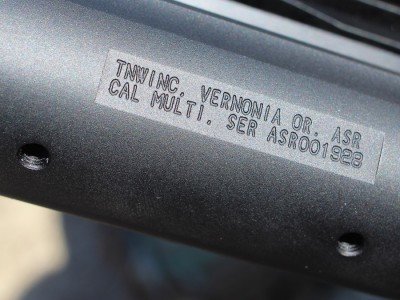
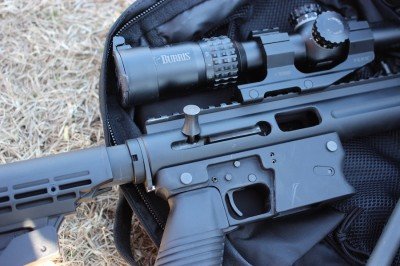
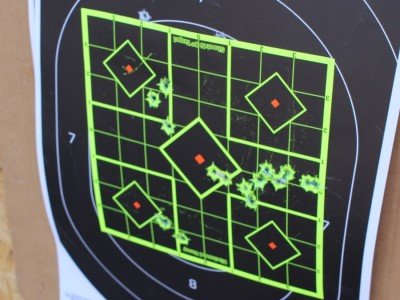
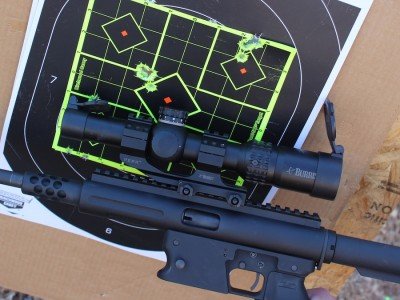
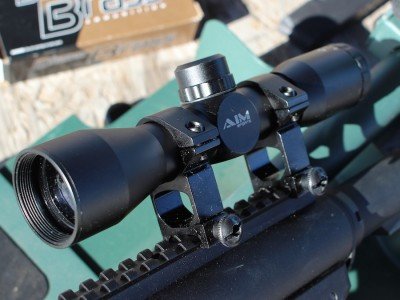
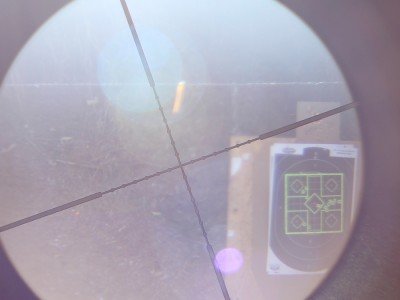
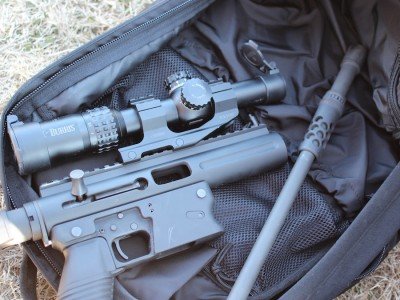
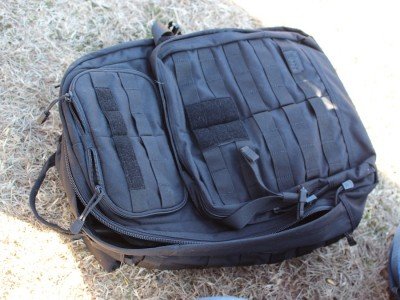
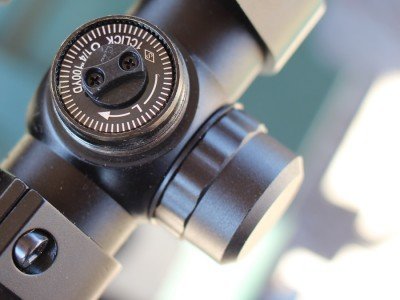
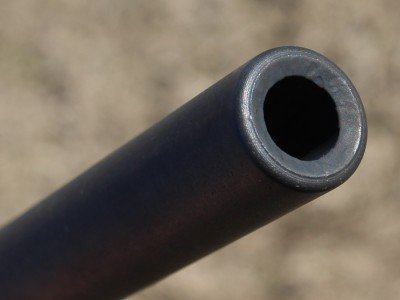
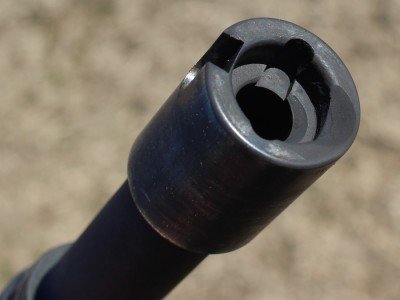
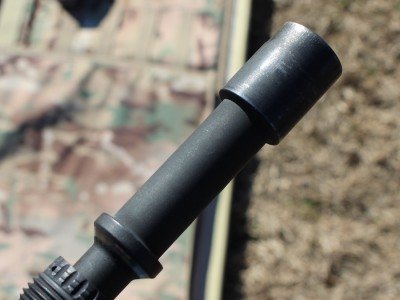
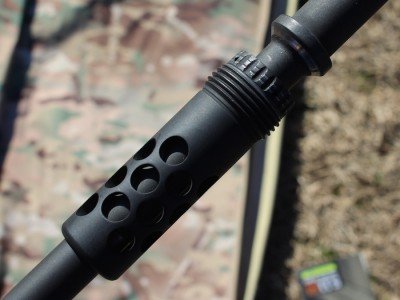
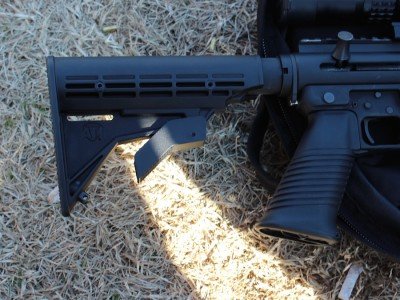
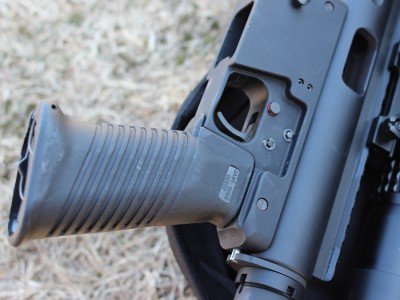


 "The
Pathway Home, Inc. provides comprehensive treatment for our Nation's
military personnel who have served in Iraq and Afghanistan. We assist
those impacted by Post Traumatic Stress (PTS), Traumatic Brain Injury
(TBI), and other post-combat mental health challenges to successfully
reintegrate into their families and the community at large."
"The
Pathway Home, Inc. provides comprehensive treatment for our Nation's
military personnel who have served in Iraq and Afghanistan. We assist
those impacted by Post Traumatic Stress (PTS), Traumatic Brain Injury
(TBI), and other post-combat mental health challenges to successfully
reintegrate into their families and the community at large."




















